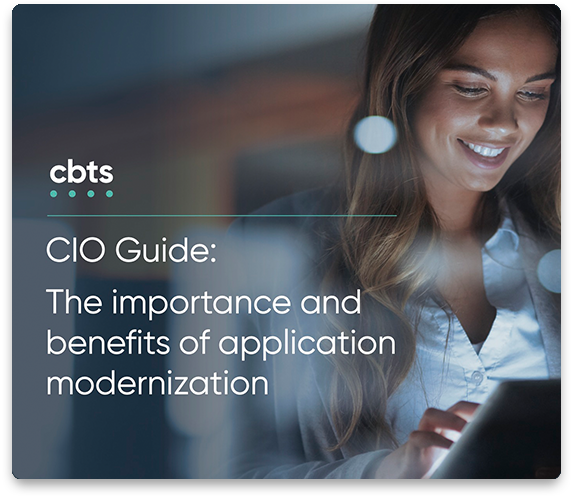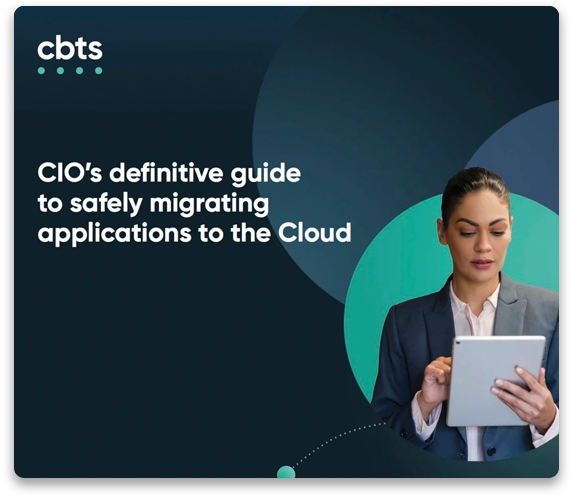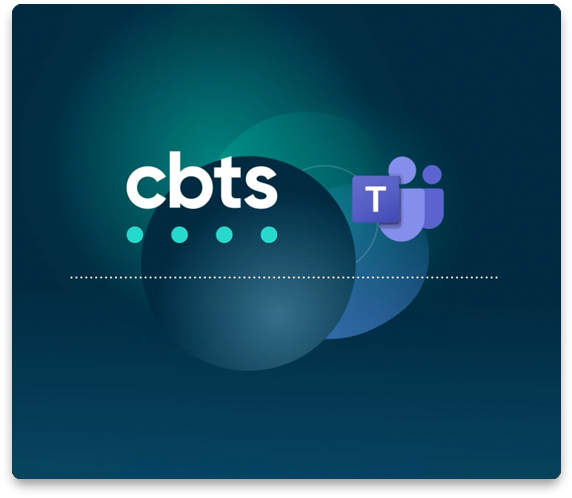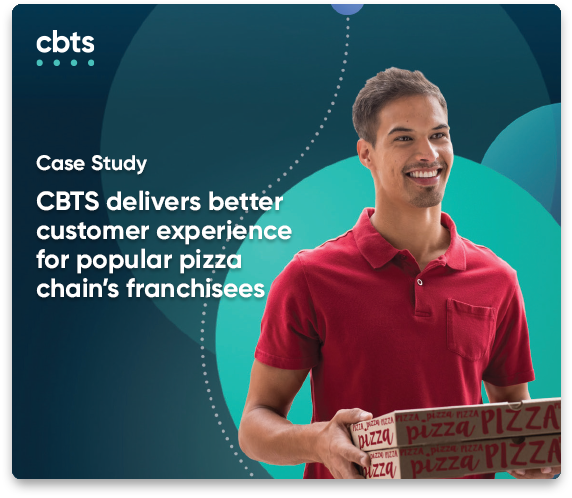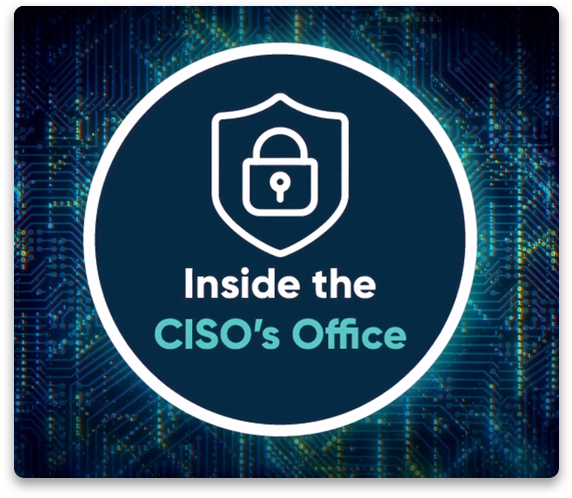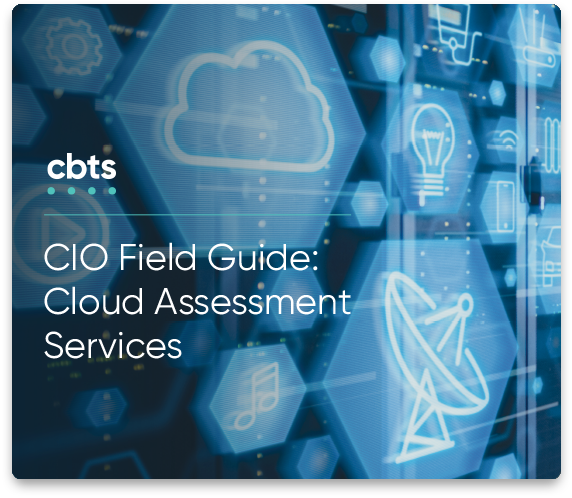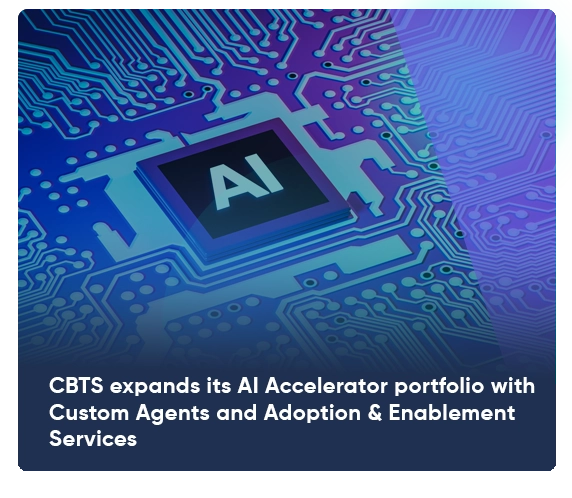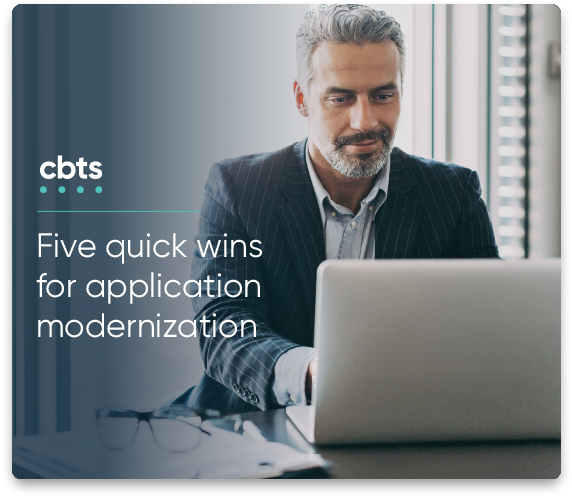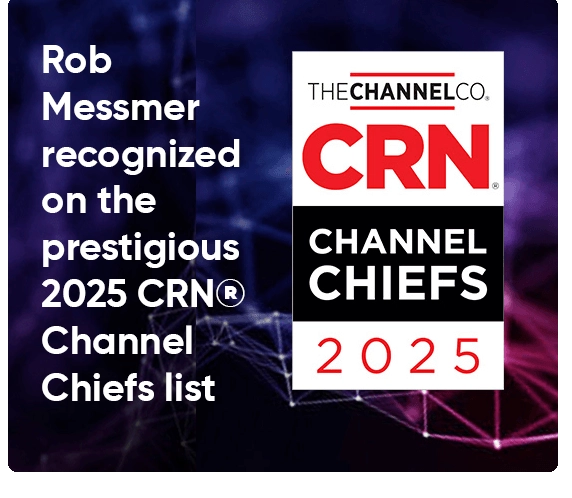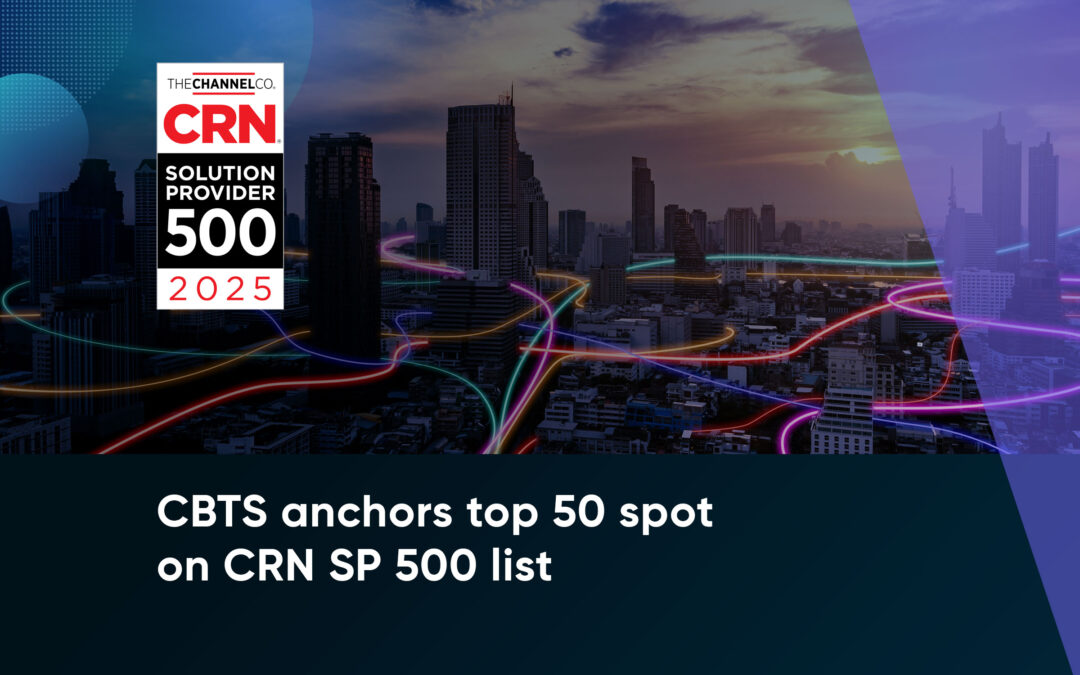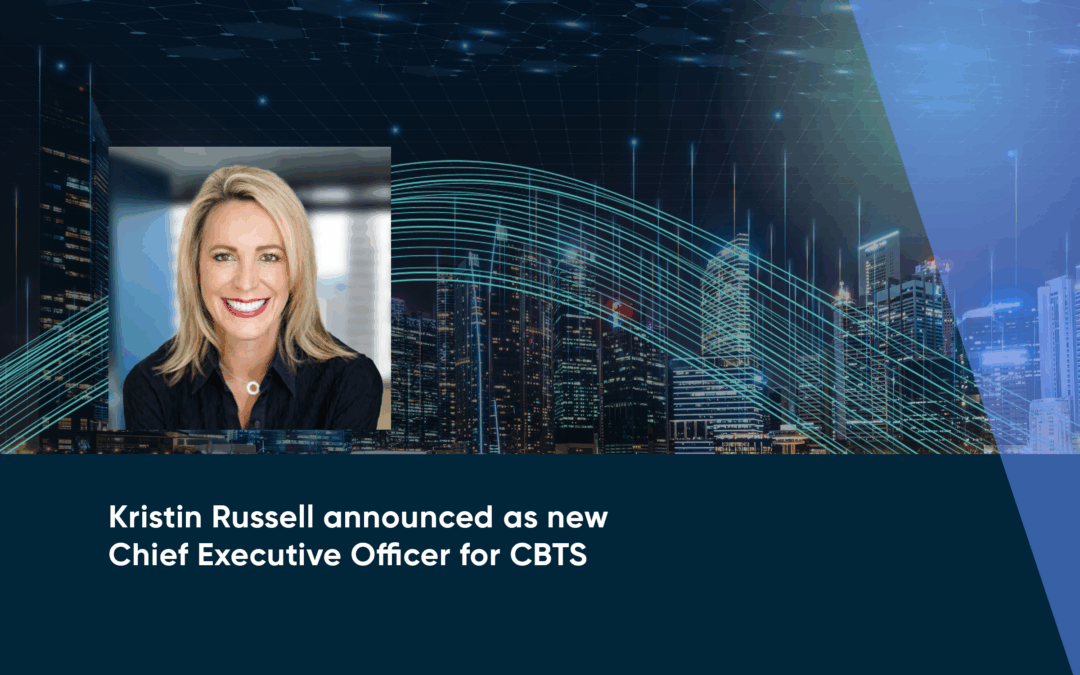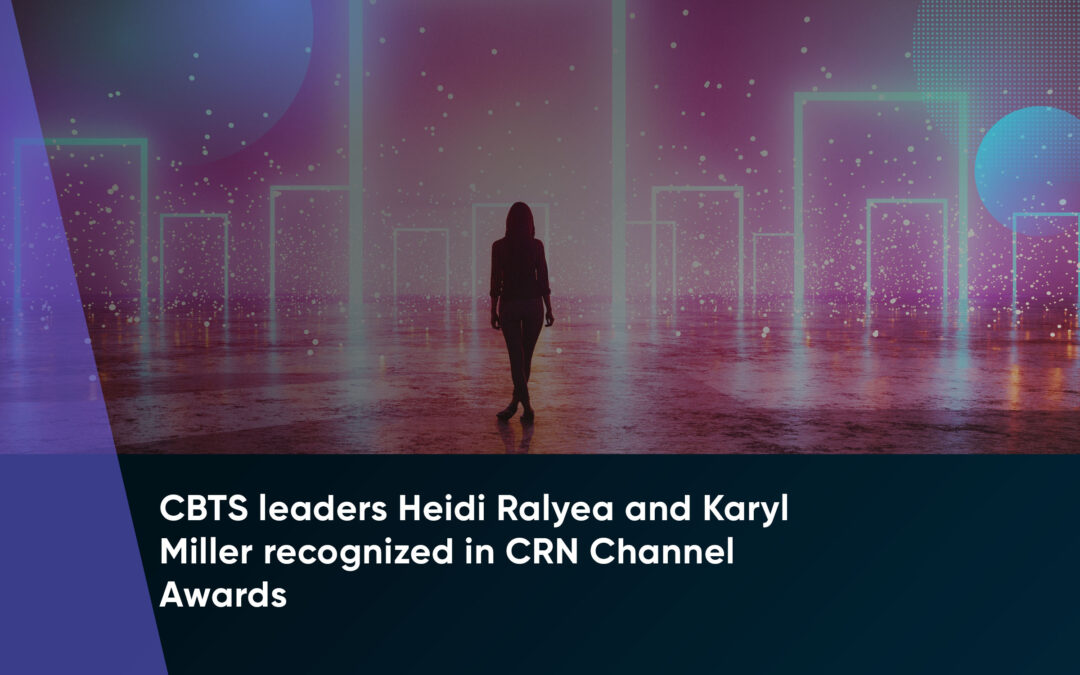
In this talk, CBTS Practice Principal Jon Lloyd, myself, and Forrester Analyst Bill Martorelli discuss the benefits of an application modernization strategy and the three critical goals for getting there.
Companies prioritizing digital transformation and adopting cloud-based application modernization strategies have disrupted traditional organizations with speed, greater flexibility, and high scalability. Organizations not yet utilizing the Cloud seek to modernize their applications to stay competitive and achieve mission-critical objectives. This Tech Talk delves into the key factors organizations should consider when embarking on their modernization journey.
What is application modernization?
Updating legacy applications for new computing approaches is not the only aspect of application modernization. It also involves aligning them more closely with current business needs, goals, and outcomes.
As Jon clarified, “For me, modernization is not just about the literal definition of writing [the app or legacy technology] in a new language or making it cloud-native. It’s about adjusting, reforming, refactoring, and replacing whatever you want—and making your applications achieve a new job or achieve a new function for your business.”
Read more: CBTS Application Modernization services bring your company into the digital age
Key goals of modernization
As a CIO, it is essential to communicate the objectives of modernization to your board. Forrester has identified three primary modernization goals: modernizing user experience, increasing adaptability, and adding new functionality while minimizing risk.
1. Modernize user experience
At the top of many application modernization strategies is the need to provide the most modern user experience, which is critical for any business that wants to remain competitive. Users have high expectations for the digital experiences they interact with, and poor user experience can result in unhappy clients. A well-designed modern user experience can help businesses reduce customer support costs by creating a self-service experience. By improving the usability of internal systems, companies can also increase employee productivity.
Moreover, modernization can also improve a brand’s reputation. When users have a positive experience with a product or service, they will likely recommend it to others and leave positive reviews, which attracts more customers and drives revenue growth.
2. The benefits of increased adaptability
In today’s digital age, companies must be able to adjust quickly to new technology, changing markets, and the ever-changing needs of clients and customers. The second primary goal of adopting an application modernization strategy is to help your company adapt and stay competitive.
Modernizing your applications can increase your adaptability, reduce technical debt, and provide a fresh start. A successful modernization effort should include integrating with other applications or adapting to new business models due to mergers and acquisitions. Embracing modernized applications, whether in a use case for your employees or clients, helps serve that purpose.
3. New functionality while reducing risk
Any application modernization strategy comes with risks and challenges that organizations must navigate. Some risks include downtime during the transitions, the possibility of corrupted or lost data during data migration, or compatibility challenges with legacy systems and apps.
Understanding the factors that influence the cost of application modernization can help organizations plan and allocate resources effectively to address whatever risks arise. Some key factors that impact the cost of modernization include:
- Complexity of app or system.
- Legacy code.
- Scalability and scope.
- Amount of data that must be migrated.
- Upgrades to user experience.
Identifying outdated and nonfunctional elements to mitigate costs and reduce risks is vital. Additional mitigation action steps might include:
- Defining your architectural and design goals.
- Strategizing your transition plan.
- Choosing the right modernization approach.
- Implementing consistent engineering practices.
- Developing a comprehensive data migration checklist.
- Addressing skill gaps within your organization.
By mitigating risks and adopting best practices, organizations can modernize their applications efficiently and effectively, reaping the benefits of increased adaptability, improved user experience, and reduced technical debt.
Five major modernization approaches
When modernizing, consider taking a workload-by-workload approach to determine where to start. Each application might need a different approach. The five processes of modernization are:
- Re-platforming.
- Modernize and then migrate.
- Migrate and then modernize.
- Migrate to Software as a Service (SaaS).
- Complete rebuild of the application.
During our discussion Bill offered, “SaaS is great if you can find a replacement for your custom-built applications, but you can’t find SaaS for everything. In practice, [modernization] is really going to be involved in all these things, and choosing how, when, and where [to modernize] is really the art of it.”
Building an application modernization strategy
How can you ensure a successful delivery process for an application modernization strategy, especially if it is new for everyone involved? One option is to consider partnering with experienced service providers who can support you throughout the entire process.
Bill said, “A lot of times, people have real needs to help get a kickstart and really get moving, and sometimes external services can really help you in that regard… really sequence an effort and get it off of square one.”
Jon used the analogy of a LEGO brick designed to fit exactly where your organization needs modernization support. CBTS offers a customized approach to application modernization, assisting in building the necessary foundation and training to enable organizations to succeed.
Get in touch with our modernization experts today to learn how we can support your journey to fast, secure, modernized applications.

